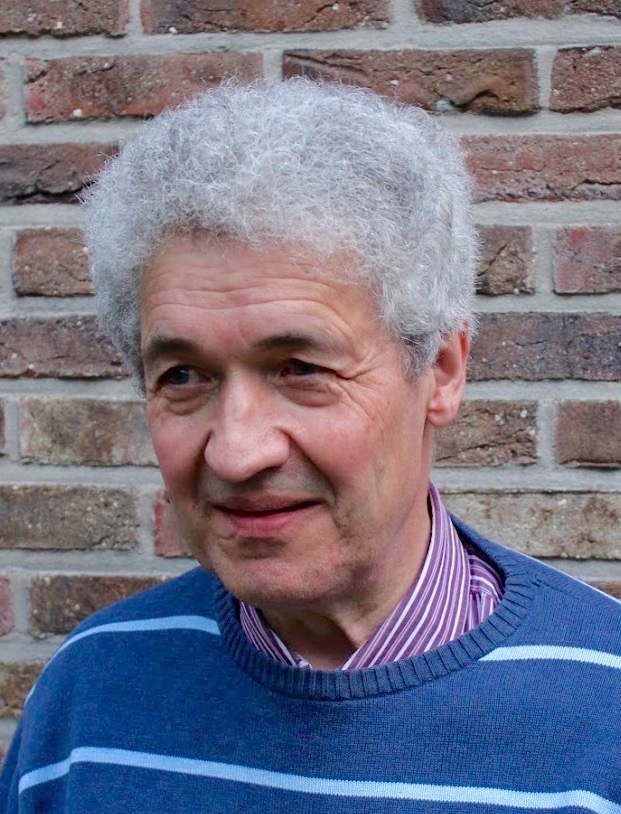Cited By
View all- Dobaj JRiel AMacher GEgretzberger M(2023)Towards DevOps for Cyber-Physical Systems (CPSs): Resilient Self-Adaptive Software for Sustainable Human-Centric Smart CPS Facilitated by Digital TwinsMachines10.3390/machines1110097311:10(973)Online publication date: 19-Oct-2023
- Weyns DBäck TVidal RYao XBelbachir A(2023)The vision of self-evolving computing systemsJournal of Integrated Design and Process Science10.3233/JID-22000326:3-4(351-367)Online publication date: 13-Oct-2023
- Weyns DAndersson J(2023)From Self-Adaptation to Self-Evolution Leveraging the Operational Design Domain2023 IEEE/ACM 18th Symposium on Software Engineering for Adaptive and Self-Managing Systems (SEAMS)10.1109/SEAMS59076.2023.00022(90-96)Online publication date: May-2023
- Show More Cited By




